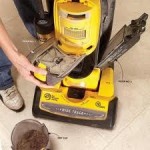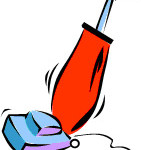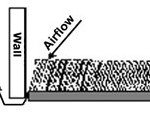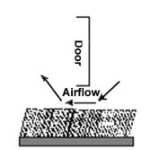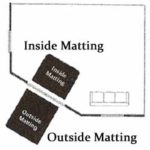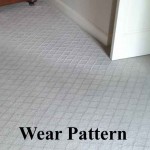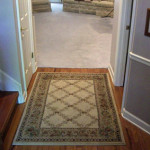During th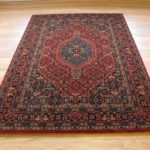 ese crazy times and the Corona virus situation, it is a good time to take care of things in the house. So, whether you have expensive oriental rugs or just good everyday rugs, here are some tips to take care of them and make them last longer.
ese crazy times and the Corona virus situation, it is a good time to take care of things in the house. So, whether you have expensive oriental rugs or just good everyday rugs, here are some tips to take care of them and make them last longer.
- Vacuum rugs at least once a week.
- Turn or rotate the ends of a rug. This should be done once a year.
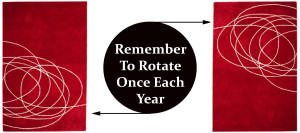 However, it is a must to turn them at least every two years. Turning prevents more wear in one area than in another. It also helps to prevent “traffic patterns” from occurring as in carpeted rooms.
However, it is a must to turn them at least every two years. Turning prevents more wear in one area than in another. It also helps to prevent “traffic patterns” from occurring as in carpeted rooms. - Moth considerations for wool and oriental rugs. Rugs regularly vacuumed or located in well used rooms are less likely to have moth damage. Moths work in secluded, undisturbed areas such as under beds, skirted sofas, or heavy furniture. Move furniture occasionally when vacuuming and clean under it. Also, homes not well ventilated or rooms closed for long periods of time are more likely to have moth problems, so once again vacuum rugs regularly.
- Sunlight considerations. Direct, sunlight will gradually fade a rug. To avoid this, cover windows with drapes, curtains or shutters and use them to block strong morning and afternoon sunlight. Also, consider window glass treatments and rug treatments for UV light protection.
For more information, visit my website at www.graysoncleans.com

